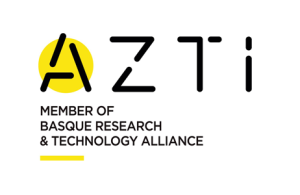When looking at faces, we tend to attend more to the left visual field (corresponding to the right side of the person’s face). This phenomenon is called the left visual field bias (LVF) and is presumed to reflect the brain’s right-sided dominance for face processing. Whether alterations in hemispheric dominance are present in dyslexia, and are linked with individual differences in word reading development more generally, is still unclear, and no prior research has utilized gaze-based LVF bias to explore these topics. The aim of the study was to examine whether the LVF bias differs in dyslexia and to examine the association with word-reading skills assessed dimensionally. Forty-six 9–13 year-old children with dyslexia and community control children, matched on age and listening comprehension. Participants were presented with a recorded face on a screen while their gaze patterns were collected with an eye tracker. Fixations to the left versus the right side of the face stimuli were compared. Results showed a clear LVF bias in community controls, while no such bias was seen in the dyslexic group. Moreover, the strength of the LVF bias was correlated with better word reading in the controls. Our results suggest a link between weakened hemispheric dominance for face processing in dyslexia and in poor word reading, at least to the extent that the LVF bias actually mirrors underlying physiology. We discuss the implications of these novel findings, highlighting the need for future research to determine the specificity and developmental sources of LVF bias alterations.
Scientific Publications from Researchers Using iMotions
iMotion is used for some of the most interesting human behavior research studies done by top researchers around the world. Contact us to have your publication featured here.
All Publications






